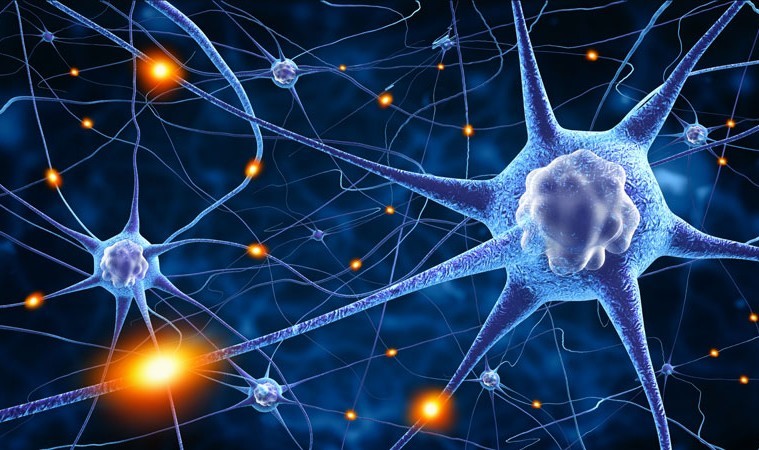What Do Scientists Think About Vision Restoration?
In the past, many doctors believed that it was impossible to restore vision and that there was no such thing as brain plasticity. But the evidence has become too overwhelming to be ignored. Not only have different laboratories come to similar conclusions that improving vision is possible, but they’re also are some very prominent supporters of the idea of visual system plasticity and vision restoration.
“My experiments on receptive field enlargement are hard evidence that it is possible to restore visual function through time,” says Torsten N. Wiesel, MD, the Swedish-born neurophysiologist who received the Nobel Prize in 1981 for his discovery of how vision is processed by the brain.
In a lecture at the Royal National Institute of the Blind in London in 2005, Wiesel emphasized that his experiments gave rise to the hope that we would gain further insights:
“Restoration of vision is an issue I am very interested in and I think that there is progress; finding different apporaches of restoring visual functions is very interesting and encouraging…. My experiments on the reorganization of receptive fields clearly show that (residual) vision can be restored over time. In this case, we did not make any special effort to stimulate the eyes; in the way that Bernhard Sabel has been doing in clinical cases trying to restore visual functions. And it could be that (by) using special means you could stimulate this area (of the brain with reorganized receptive fields) and that there is a chance you would get a quicker or better restoration of vision. For the clinical work it should be possible to have patients restore vision in spite of initially apparent lack of vision….So we can look upon (my own) experiments of receptive field….that plasticity (can) happen in the adult (brain) as shown in the experiments that Bernhard Sabel has been doing in the clinic. Maybe we shouldn´t be so surprised because there are experiments from other laboratories…showing that restoration of function, actually after a small cortical lesion, would occur surprisingly quickly.”
Neuroplasticity and electrical brain stimulation are now generally accepted concepts in neurological rehabilitation. In ophthalmology, research in this area is still in its initial stages, but great progress has been made in recent years. We have reason to be optimistic: there is light at the end of the tunnel and it is getting brighter and brighter.

